Sketchy Microbiology: Shigella (S. Dysenteriae)
1/11
Earn XP
Name | Mastery | Learn | Test | Matching | Spaced |
|---|
No study sessions yet.
12 Terms

She Gorilla's Circus — Shigella

Hint: Color of tent
Red Color — Gram Negative Bacilli (Rods)

Red Stool with flames surrounding it — Gram Negative Rod of enteric origin causing gastroenteritis
The inflammation leads to watery diarrhea and then finally bloody diarrhea
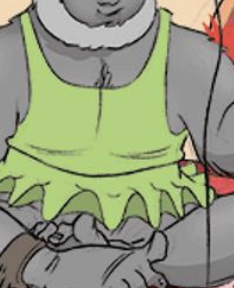
Green Tutu — Green colonies on hektoin agar
(Indole Positive; differentiates salmonella from Shigella bc Salmonella will grow black)

Chained to the weight — Immotile
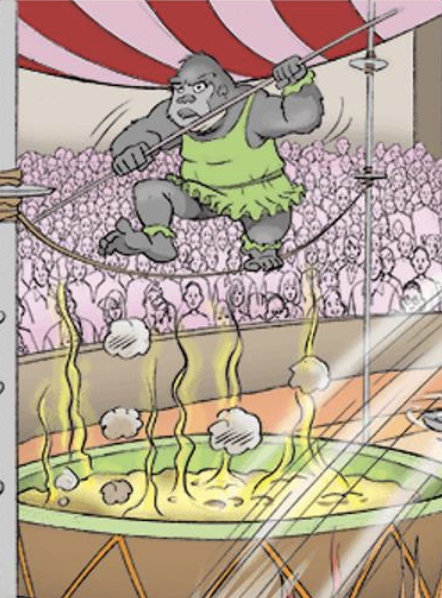
Gorilla walking over acid — Acid Stable
(needs fewer organisms to cause infection because can “survive” stomach acid)

Gorilla shooting out towards a pad w/ an M — Shigella uses the host cell’s actin cytoskeleton to create a tail it can use to propel itself from one cell to the other. It then induces M Cells in peyers patches to phagocytose them → escape phagolysosomes prior to destruction
Does Shigella need a host?
No. It’s Facultative Intracellular (Can survive on its own AND inside another cell)

Kid using a whip on the blood cells — Shigella Dysentaria 1 can lead to hemolytic uremic syndrome (HUS) in younger children under 10
Progerminal diarrhea followed by acute renal failure (glomerular damage) — think S. Dysentaria 1 → (HUS)
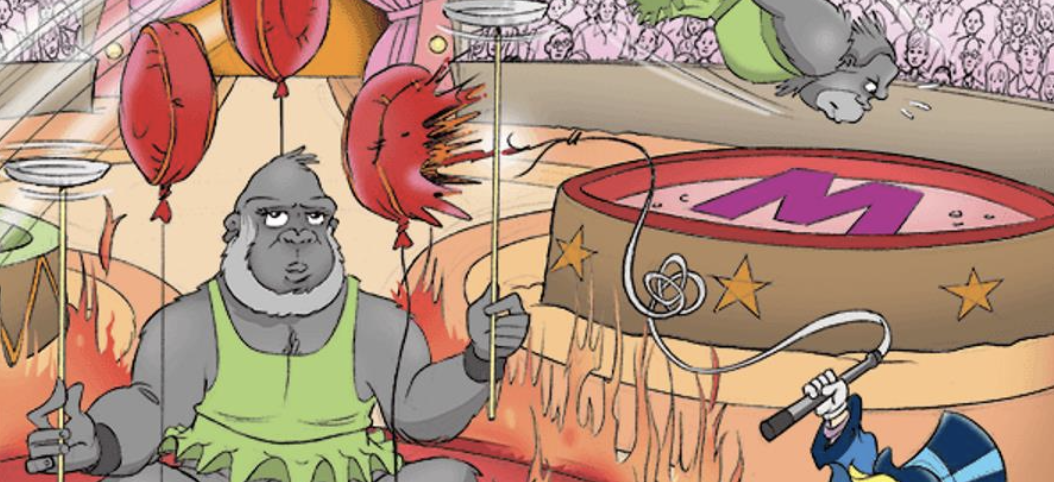
Hint: Pathomechanism of Shiga Toxin
Kid w/ a whip + Plates + Balloons — Shiga Toxin can cause hemolytic uremic syndrome (HUS)
Shiga toxin damages the endothelial cells of the glomerular capillaries. Damaged endothelial lining causes platelets to adhere, decreasing platelet count, causing thrombocytopenia. These platelet clumps will hemolize RBCs
Balloon = hemolysis
Whip = glomerulus
Plates = platelet aggregation
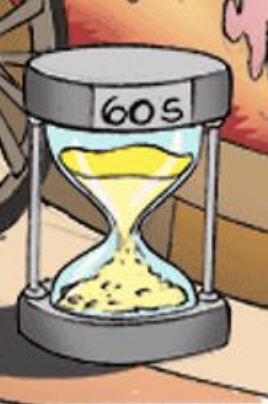
60s hourglass — Shiga Toxin binds to the 60s Ribosomal unit and inhibits translation
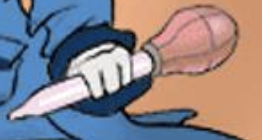
Turkey baster — Shigella uses a type 3 secretion system to release micro enzymes